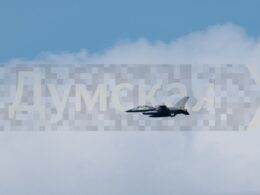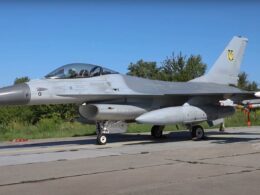On 27 June, Russian President Vladimir Putin called for resuming the production of intermediate-range missiles, which were banned under a treaty with the US, the Associated Press reported.
The Intermediate-Range Nuclear Forces Treaty was signed by Soviet leader Mikhail Gorbachev and US President Ronald Reagan in 1988.
It banned ground-based nuclear and conventional missiles with a range of 500-5,500 kilometers or 310-3,410 miles. The US withdrew from the treaty in 2019, citing Russian violations.
Since the treaty's cancellation, the US Army has developed a conventional, ground-launched, midrange missile known as the Typhon. The Typhon fires two missiles, the Tomahawk Land Attack Missile and Standard Missile-6.
The New Strategic Arms Reduction Treaty is the last remaining arms-control agreement between Washington and Moscow, which is set to expire in 2026. It limits each country to no more than 1,550 deployed nuclear warheads and 700 deployed missiles and bombers.
Earlier, Putin warned South Korea it would be making “a big mistake” if it sent weapons to Ukraine.
BBC: Putin warns South Korea to make “big mistake” if it supplies Ukraine with weapons
Recently, he and the North’s leader, Kim Jong-un, signed a defense agreement that requires their countries to provide immediate military assistance if either is attacked. In response to the deal, Seoul said it would consider supplying arms to Kyiv.
Read more:
- White House: Putin’s North Korea visit aimed at building a coalition
- Russia and North Korea forge alliance, agreeing to mutual defense pact
- Seoul says Pyongyang sent million artillery shells to Russia and will send more
- Reuters: US announces new sanctions over North Korea-Russia arms transfers





